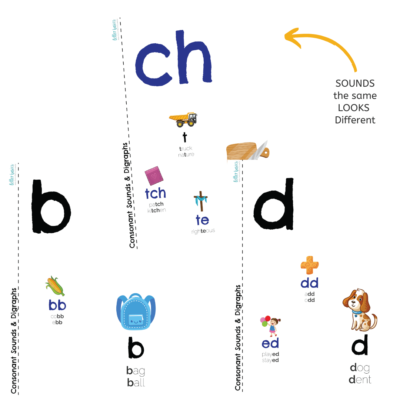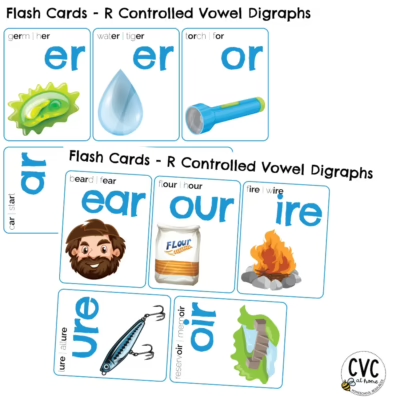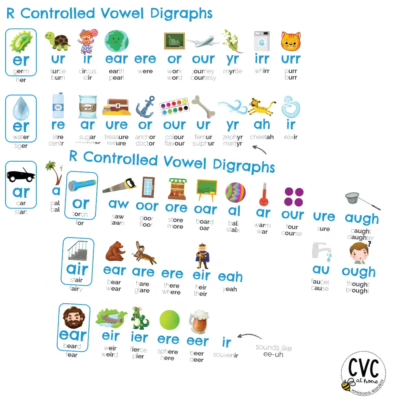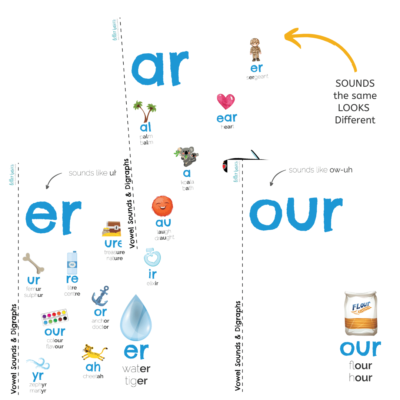When teaching young children to read, two terms often come up: sight words and CVC words.
While both are foundational in early literacy instruction, they serve very different purposes and are taught in different ways.
Understanding the difference between these two types of words can help parents, teachers, and caregivers support early readers more effectively.
In this article, we’ll break down what sight words and CVC words are, how they’re used in reading instruction, and why both are essential in helping children become confident, fluent readers.
🔡 What Are CVC Words?
CVC stands for Consonant-Vowel-Consonant.
These are simple three-letter words that follow a predictable pattern and are phonetically decodable.
That means kids can sound them out using basic phonics rules.
Examples of CVC words:
- cat
- dog
- hat
- pin
- sun
CVC words are often the first words children learn to read using phonics. They help build foundational skills such as:
- Recognizing letter sounds
- Blending sounds together
- Understanding word structure
🧠 How CVC Words Are Taught:
Teachers and parents use methods like:
- Sounding out each letter: /c/ /a/ /t/
- Blending the sounds: c-a-t
- Building words with letter tiles
- Matching pictures to words
These activities strengthen a child’s decoding ability, helping them read new words independently.
👀 What Are Sight Words?
Sight words are words that children are taught to recognize instantly, without having to sound them out.
Many sight words are irregular, meaning they don’t follow standard phonics rules, making them difficult to decode.
Examples of sight words:
- the
- said
- come
- you
- where
Even though some sight words are phonetic (like “can”), they appear so frequently in texts that it’s beneficial for children to memorize them.
📝 Why Sight Words Matter:
Sight words make up a large portion of early reading materials. Recognizing them on sight helps children:
- Read more fluently
- Understand sentences without stopping to decode every word
- Build confidence in reading
Sight words are often introduced through lists like the Dolch or Fry word lists, and are taught with:
- Flashcards
- Repetition and games
- Word walls and chants
🔁 Sight Words vs. CVC Words: Key Differences
| Feature | Sight Words | CVC Words |
| Definition | Frequently used words memorized by sight | Simple phonetic words with a CVC pattern |
| Examples | the, said, where | cat, dog, sun |
| Phonetic Rule | Often irregular, not easily sounded out | Follow standard phonics rules |
| Teaching Method | Memorization, repetition | Phonics and blending |
| Purpose | Improve reading fluency | Build decoding and phonics skills |
🧩 Putting It All Together
Both sight words and CVC words are essential building blocks in early literacy.
Think of CVC words as the tools children use to decode language and sight words as the keys to reading fluently.
Teaching both together provides a balanced approach, helping children not only read words but also understand and enjoy what they’re reading.
By blending phonics with sight word recognition, we empower young readers with the confidence and skills they need to thrive.
Recommended products
-
Stage 9 Pack: Tricky Consonant Spellings
Original price was: $19.00.$9.00Current price is: $9.00. -
Stage 8 Flashcards: R Controlled Vowel Digraphs
Original price was: $5.00.$2.00Current price is: $2.00. -
Stage 8 Placemat: R Controlled Vowel Digraphs
Original price was: $5.00.$3.00Current price is: $3.00. -
Stage 8 Pack: R Controlled Vowel Digraphs
Original price was: $19.00.$9.00Current price is: $9.00.




